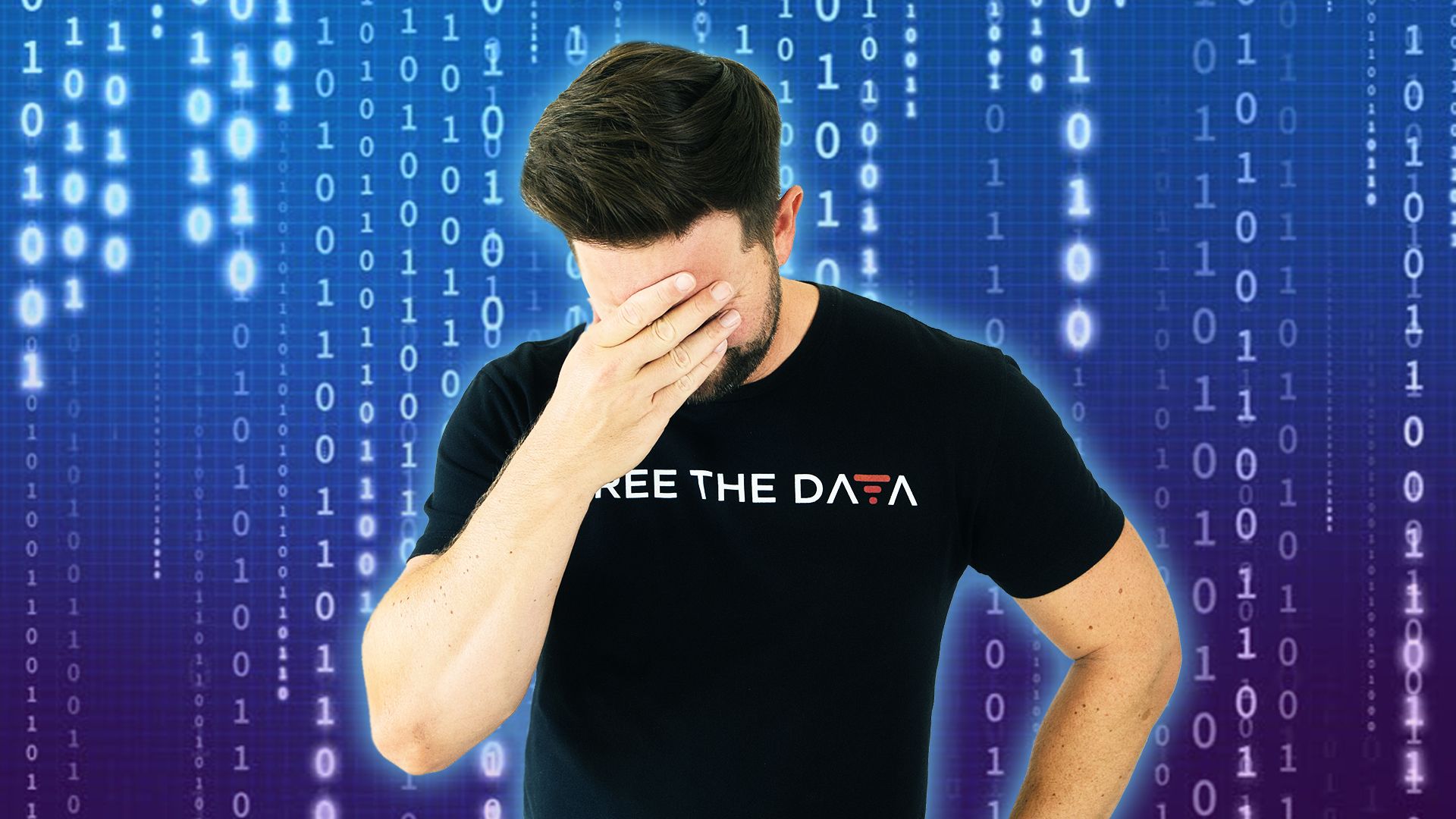How We See Data

Did you know visuals are processed 60,000 times faster in the brain than text, and 90% of the information transmitted to the brain is visual?
Every day we're constantly exposed to visuals while consuming information. Thus, visual perception is of paramount importance as it defines decision-making and further communicating our understanding.
Data visualization relies heavily on human visual perception and how we see data. It needs to be compelling and clear. For that reason, it should follow the principles of visual perception.
So, in this Blog Post, we'll learn
- What is Human Visual Perception
- Evolution of Visual Perception
- How to Leverage Visuals for Effective Communication
So, let's get started.
What is Human Visual Perception
Visual perception is a complex cognitive process carried out by our brains that helps us interpret the sensory information we receive through our eyes.
Our ability to perceive objects and shapes in our surrounding environment helps us navigate the world, making judgments based on observations. This mental processing is done by the brain's visual system, which comprises three stages:
1. Light is gathered from an object through the eyes and refracted into images transferred to the retina.
2. The retinal cells then convert these signals into electrical impulses that generate neural activity in our neurons responsible for vision (visual cortex).
3. After this, the impulses are processed further in various parts of our brain responsible for receiving input from different senses (e.g., frontal lobe).
So, for us to comprehend and communicate information around us, we rely on our visual system. This happens through an intricate neural process that is developed throughout our lifetime.
Evolution of Human Visual Perception System
A long time ago, but not that long ago in the overall history of the Earth, we've needed to avoid predators and detect motion and understand the difference between something that's going to come to kill us and something that might just be floating around.
So visual systems are critically important to human evolution, and in addition, they've also evolved to help us process other things in different ways.
Visual perception is affected by many things like,
- The context of a situation (e.g., where you are standing),
- Your previous experiences with similar objects,
- How fast things move,
- How close an object is to you, etc.
Our brain can use visual information even if we are not aware of it -- while we sleep or are completely unfocused, our brains can still recognize objects even though our consciousness is not aware. It means that even if we don't pay attention to something, our brain processes all the information and gives us a "gist" of what's going on around us.
It brings us to two fundamental ways of visual processing information.
- Attentive Processing: It begins when we see an object and direct our attention to it. We then notice the colors, shapes, sizes and make judgments about them. Think, the decision-making process while buying a shirt.
- Pre-Attentive Processing: In contrast to attentive processing, it happens when you perceive something without focusing on it or paying any attention. You may not even be aware that you have seen anything, but your brain has still registered the information. E.g., stopping the car on a red-stop sign.
Therefore, when we modify our display to emphasize the message that we want others to look at, people can't help but notice it, and that's because we played with elements and different attributes of our visual perception system. Now the question is,
How to Leverage Visuals for Effective Communication
We can use visual cues to help us understand data faster using the pre-attentive part of our brain in the following ways:
- Orientation: If you think about it, the way we read text is based on our left to right movement as we scan through words. Text-heavy webpages and signs are most frequently designed this way. The same principle applies in visual design for communication: if there's text involved and information needs to be processed quickly, you should keep elements laid out in a way that reads from left to right. That's because our brains are tuned to finding those kinds of patterns.
- Shape: Our brain is very good at distinguishing one thing from another. For example, humans can visually tell apart two different triangles even if they look alike because of their shape.
- Length: Just like a bar chart, where one is taller than the other, it stands out immediately when you look at it. So if you need to differentiate similar elements, make sure that they're not the same size.
- Color: Our eyes have specialized cells that are responsible for processing colors. And since our brain is primed to identify colors, using it to emphasize different elements can help readers easily spot differences and similarities between them.
- Position: There's a lot of information that can be processed in just one look. And to make it easier, all you need to do is follow the Law of Focused Attention: The more items there are in a group and the more similar they are to each other, the less attention any individual item will receive. The position is an effective cognitive medium to identify clusters and outliers.
Our brains are predisposed to certain elements and specific triggers.
Understanding what those are will help you become more effective when trying to communicate something.
To learn more or continue this journey, head over to FreeTheDataAcademy.com/yt to see our entire catalog and sign up for a seven-day free trial so you can start learning today to elevate your career tomorrow.
